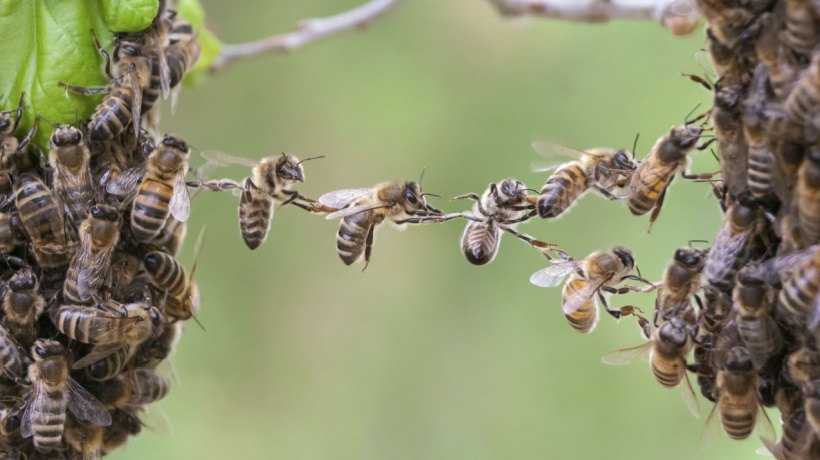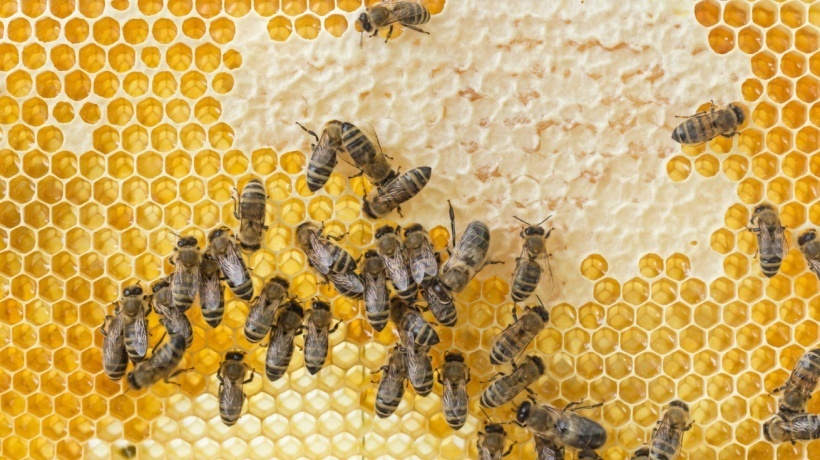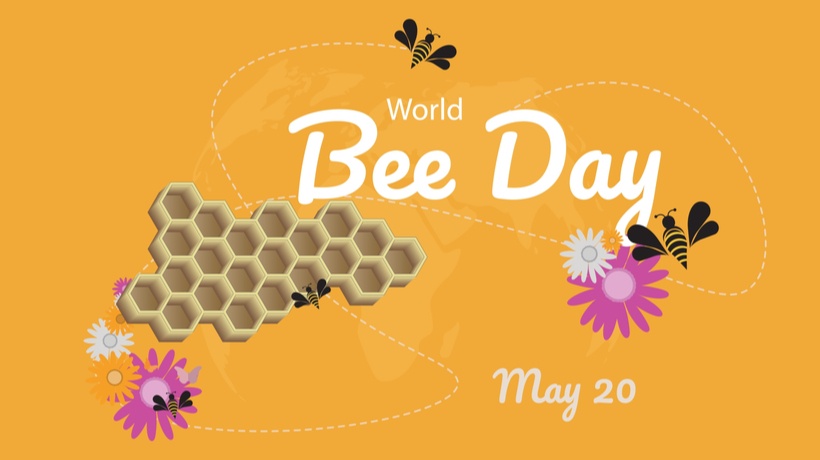Unleash The Beehive Harmony In The Workplace
Today’s fast-paced work environment very much resembles beehives, as everyone’s busy with their tasks and focused on their goals. As such, teamwork has become essential in the modern workplace, making employees more productive through sharing their workload and more creative through the diversity of ideas and perspectives. Bees are often regarded as a remarkable model of teamwork, and we have a lot to learn from them if we want to ace the collaboration game on the job. In honor of World Bee Day, here are all the things we can learn from the busiest workers of the animal kingdom.
5 Lessons We Get From Bees About Teamwork
1. Clear Roles
A bee colony is a complex and highly organized society, with each member playing a crucial role in the hive’s operation. The beehive consists of three types of bees: the queen bee, the worker bees, and the drones. Each of them has clear roles and duties that are known to every other bee. Similarly, every team needs to consist of members with specific responsibilities that everyone knows about. This way, employees will know who to turn to when they encounter issues so that they don't lose valuable time. Also, if everyone knows their purpose in a team, they’ll feel more confident and responsible for their role.
2. Communication And Collaboration
The worker bees have a special means of communication called the "waggle dance." They use it to convey valuable information, such as food location or potential nesting sites. This shows us how important it is to be clear and precise when communicating with our peers in order to achieve our common goals. Moreover, clear communication among teams and team members encourages mutual trust and transparency, making collaboration almost effortless. As an HR professional, you can create open communication channels by prompting employees to express their thoughts and provide innovative ideas. Arrange frequent meetings and leverage tech tools like chatting apps, where everyone can keep in touch with their colleagues throughout the day.
3. Relying On Each Other And Splitting Up Tasks
Worker bees also split up their tasks to ensure the smooth functioning of the hive. Specifically, some worker bees search for nectar and pollen, while others care for eggs. This secures efficiency and productivity as they aim for their survival. A modern workplace needs to distribute tasks according to everyone’s skills and expertise. For example, in a marketing team, some employees deal with social media management, and others focus more on SEO matters. This helps the team pursue the most efficient completion of their projects. As in a bee colony, every team member’s success is tied to the team’s success, so make sure to assign tasks that suit each employee's knowledge and interests.
4. Trusting One Another
Bees make collective decisions that help them address various challenges, such as resource allocation or the site of their new nest. For example, when a beehive becomes overcrowded, the scout bees explore their surroundings to find a new place. Then, they return and communicate their findings to the hive, and together they reach a decision. Having faith in your colleagues is the foundation of any successful team. Employees who trust their peers' ideas and knowledge benefit from the collective wisdom of the team. They reach decisions quickly and succeed in achieving their common goals. HR professionals can foster a sense of trust in the workplace by establishing transparency, fairness, and accountability and leveraging trust-building activities.
5. Resilience And Adaptability
When facing environmental changes, bees are a great example of flexibility and adaptability. In particular, when a food source can’t provide for them anymore, they adjust their foraging routes and diversify their diet while maintaining their productivity. This can be a lesson for modern workplaces that need to showcase adaptability and growth in the face of constantly evolving work conditions. Organizations must promote continuous learning practices and help their staffers stay up-to-date by practicing new skills and technologies. Crisis management training can contribute to that, too, as it will teach employees how to stay resilient in the toughest of times.
Teamwork Activities To Celebrate World Bee Day In The Workplace
Bee Garden
Select a space in your premises and turn it into a small bee garden. Spend the whole day doing garden activities and provide employees with all the necessary tools, from hand shovels to gloves and aprons. You can plant flowers, herbs, and other seedlings that attract bees and create a little home for them to rest and find food. This will bond the teams but also help the general effort of conserving bees and their habitat.
Save-The-Bees Day
Since bees are at risk of extinction, everyone needs to contribute to keeping them safe so that they can continue doing their vital job. Your company can advocate for this by visiting bee farms or donating to organizations that support this cause. When employees see for themselves the importance of protecting the bees, they’ll feel more invested and even take action on their own in the future.
Bee Reflection
You can gather the teams and arrange a documentary screening about bees and their important role in ecosystems. After the film, you can encourage everyone to share their thoughts regarding all the important lessons a workplace can get from the bees and how to apply them. This way, you will raise awareness about bees while also figuring out ways to improve your business.
Bee-Themed Games
Give your usual team-building games a bee twist and get your employees moving with the following idea. The "Bee Dance Challenge" is inspired by the unique communication methods of bees and involves teams of 4 to 6 employees. Each team creates a unique dance routine that represents a message and then performs it for the other teams to decode. This game will bring everyone together and foster communication and collaboration while also giving everyone a good laugh.
Conclusion
The impact of bees as role models for teamwork can be applied to various aspects of human interactions, including the workplace. Bees show exemplary collaboration and a sense of common goal achievement that we can mimic in our work. We, too, need to have strong foundations of communication and contribute our individual skills for the company's greater good. As an HR professional, you have an important role in fostering all of these, so make sure to follow the above tips and start buzzing with the rest of the teams.








